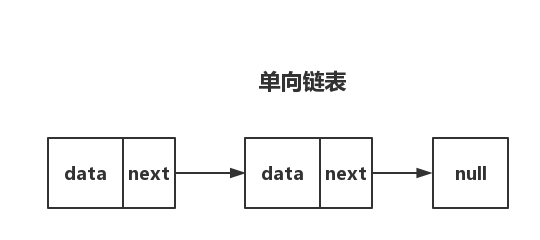什么是链表
链表是最基础的一种数据结构, 根据Wiki上的解释:
链表 是一种常见的基础数据结构, 是一种线性表, 但是并不会按线性的顺序存储数据, 而是在每一个节点里存到下一个节点的指针.
在JS中简单地说, 有一个对象, 它有一个属性存储数据值, 另一个属性存储其它的对象, 组成的一种数据结构.

单向链表
根据链表的定义, 下面用JS实现单向链表数据结构的初始化定义
1 | // 定义节点 |
插入节点
因为SingleLinkedList中有指向第一个和指向最后一个的指针, 在进行插入节点通过控制head和tail的指向, 例如在链表头部插入节点, 先将新的节点node的next指向链表的头节点, 也就是head, 再修改head的指向到新的头节点node, 需要注意的是当SingleLinkedList是初始化的空链表, head和tail都指向null
1 | // 头部插入节点 |
删除节点
删除节点也是通过head和tail的指向实现功能, 例如删除头节点, 最初head的指向为头节点, 通过修改head指向下一个节点的操作, 来达到删除头节点的效果
1 | // 删除头部节点 |
双向链表
双向链表的结构跟单向链表差不多, 有区别的是在双向链表中, 每个节点有存储数据的属性, 指向前驱节点的指针, 指向后驱节点的指针, 头节点的前驱指向null, 尾节点的后驱指向null

1 | // 定义节点 |
插入节点
双向链表的插入节点需要注意两点:
- 头部插入节点, 前驱指针指向新节点
- 尾部插入节点, 新节点的前驱指向旧链表的最后一个节点
1 | // 头部插入节点 |
删除节点
双向链表的删除节点与单向链表的差不多, 区别是删除头节点时, 注意新的头部节点的前驱应该要指向null
1 | // 删除头部节点 |